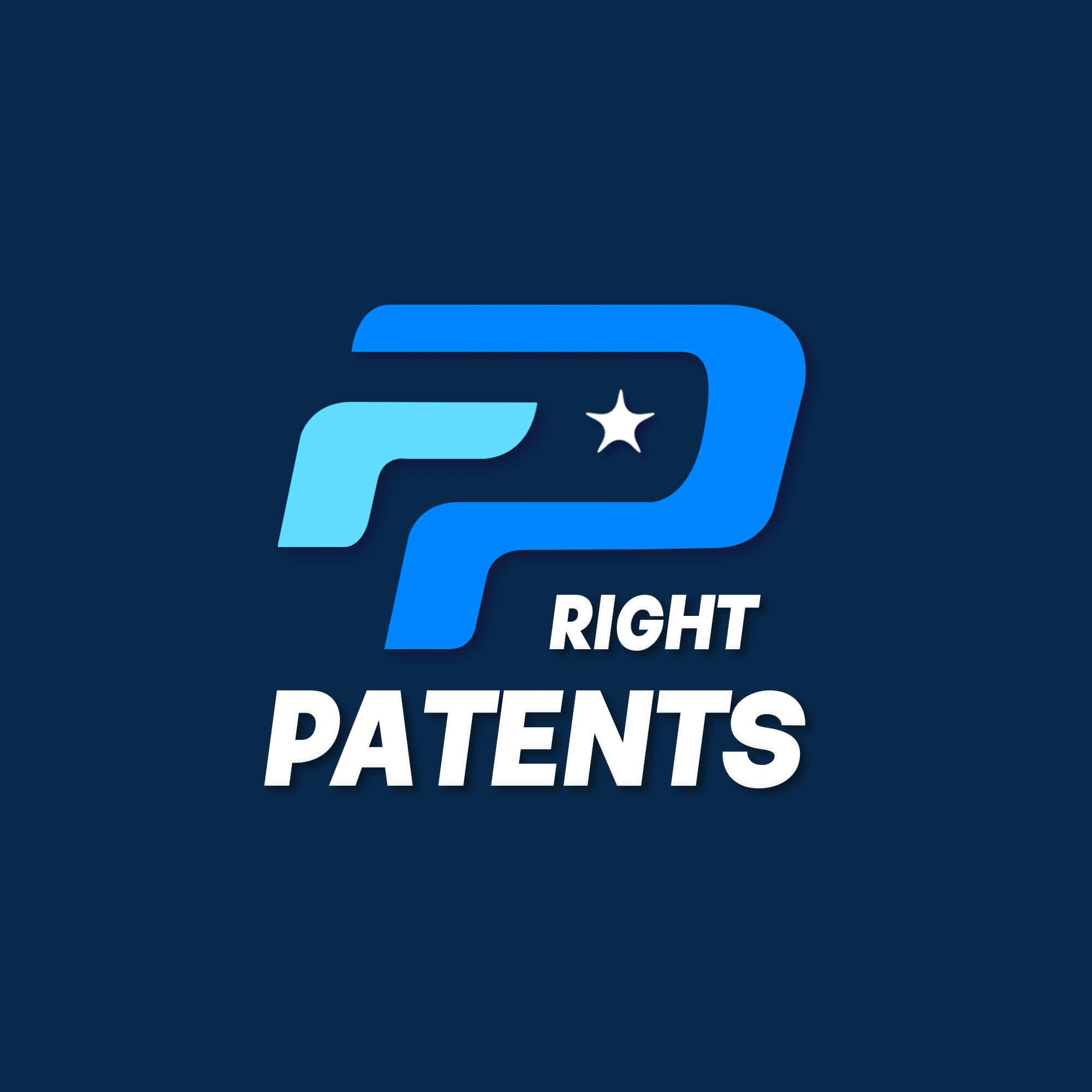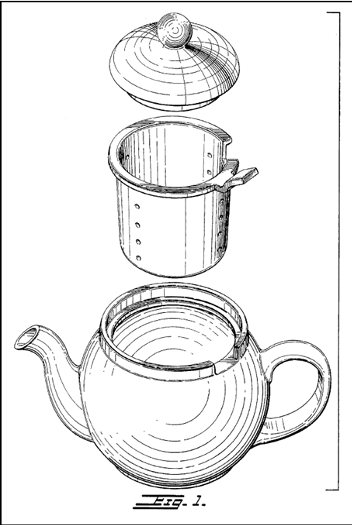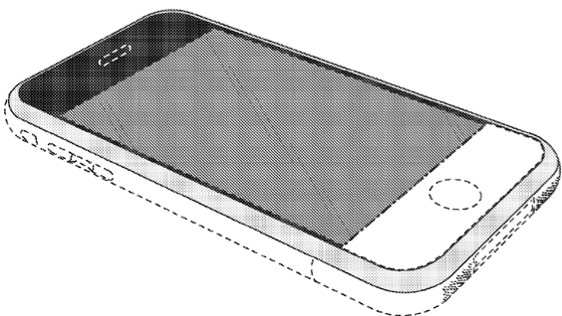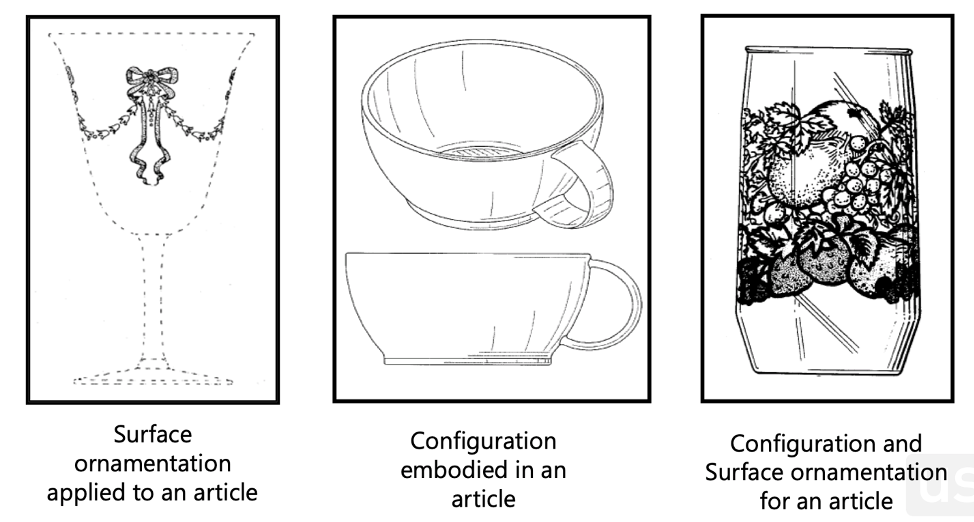While patent drawings are essential for almost any successful patent application, they are even more important for design patent applications than for utility patents. Since design patents are for ornamentation and appearance, the drawing IS the disclosure.
When considering what goes into drawings for design patents, it’s good to keep in mind the US patent office’s (USPTO) definition of a design:
A design consists of the visual ornamental characteristics embodied in, or applied to, an article of manufacture. Since a design is manifested in appearance, the subject matter of a design patent application may relate to the configuration or shape of an article, to the surface ornamentation applied to an article, or to the combination of configuration and surface ornamentation.
The designs must be:
- New
- Original
- Ornamental
- For an article of manufacture (you can’t get a design patent for the way something would look in a video game – you would protect that with a copyright)
How To Prepare Successful Patent Drawings for Design Patents?
Design patent drawings have to comply with all of the standard rules required of all patent drawings, i.e., black and white, India ink or equivalent black lines, particular sizes of paper and margins. See our article “Complying with Patent Drawing Rules” for more information.
Additionally, there are specific requirements for drawings for design patents:
- Required views: front, rear, right, left, top, bottom. It’s a good idea to include perspective views – they can make it easier to visualize the appearance and shape of the design.
- Shading: USPTO rules mandate shading in patent drawings to properly depict the contours of three-dimensional surfaces. There are specific rules for the shading – when to use lines versus stippling, it should look like the light is coming from the upper left, etc.
- Broken or dashed lines indicate design elements not included in the patent
Get error-free patent drawings in 4-6 days. Free Unlimited Revisions. Price starts at $30.
Exploded views can also be helpful if the design includes an element that may sometimes be hidden from view, as in the below example:
Note that even though the exploded view has different parts, the patent only covers the design as a whole. A design patent only covers one single design. In the above example, if you didn’t want someone to be able to use the design of the lid on a different style of teapot, you would need to get a separate design patent for the lid.
It is possible to get multiple patents for different design features on the same object. See for example these two illustrations for separate patents both relating to the design of Apple’s iPhone:
Note that you can get a design patent for the contours/configuration of an object as well as for the surface ornamentation on an object, but you cannot get a patent for surface ornamentation separate from the object. This is best illustrated by these three illustrations from the USPTO:
You cannot patent “disembodied ornamentation,” for example the above surface ornamentation not on any particular object. In the above example, we can tell in the first illustration the patent is only for the surface ornamentation on the article and not the article itself because of the dashed lines showing the article. In the third illustration, the object is shown with solid lines and shading, indicating it is part of the patent.
Design patent drawings must be extremely precise and consistent. Any error in the drawings that would make two views of an object inconsistent with each other will result in the patent application being rejected. Watch for a future article on common problems in design patent drawings and how to fix them.
As you can see, accurate and consistent patent drawings in compliance with all appropriate patent office regulations and specifications are essential to a successful design patent application. The cost to hire a professional patent illustrator to do the design drawings is modest compared with the cost and hassle involved with a rejected application. Please contact us to discuss your patent drawing needs.




